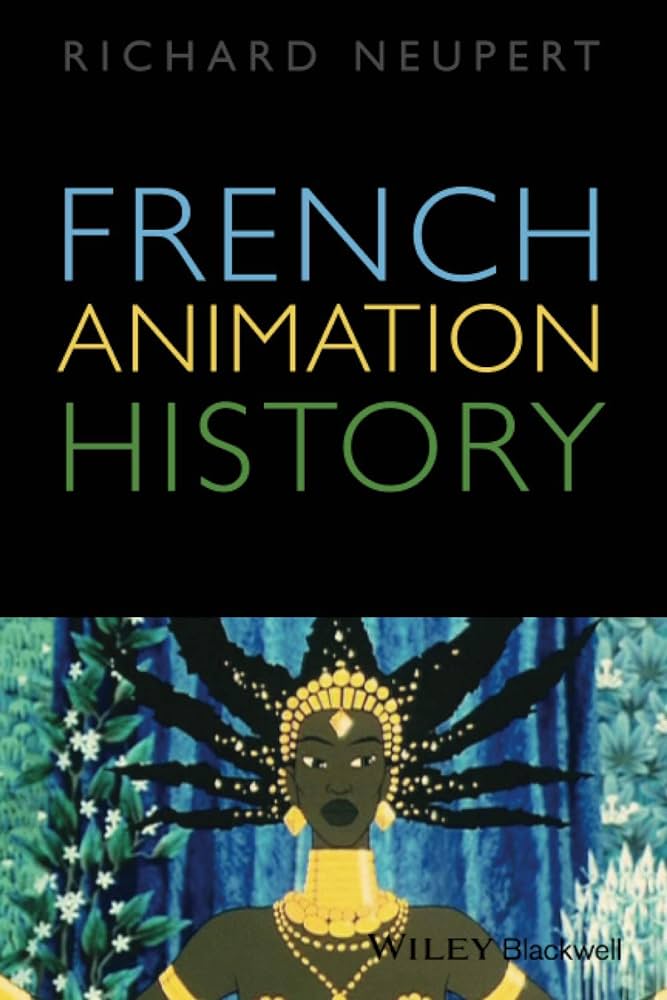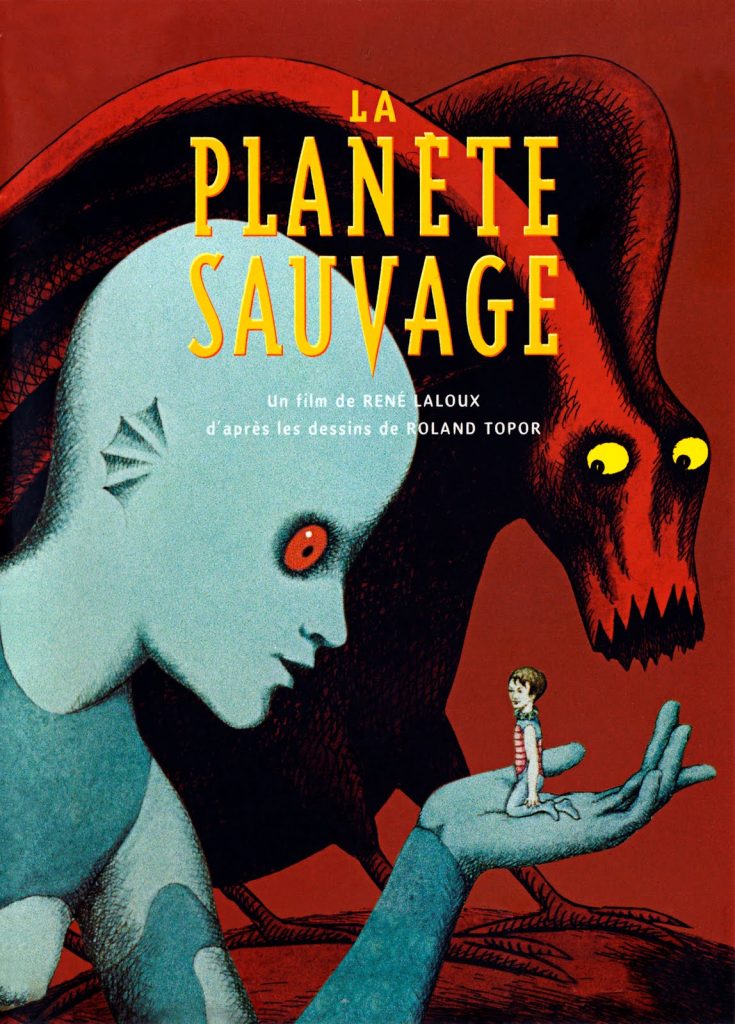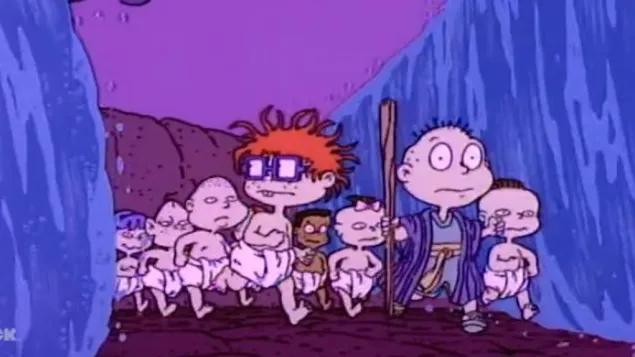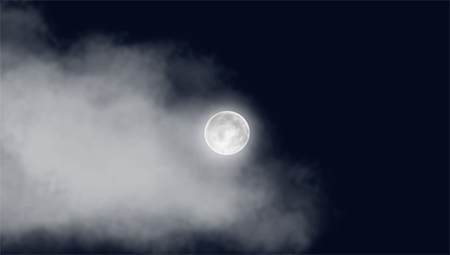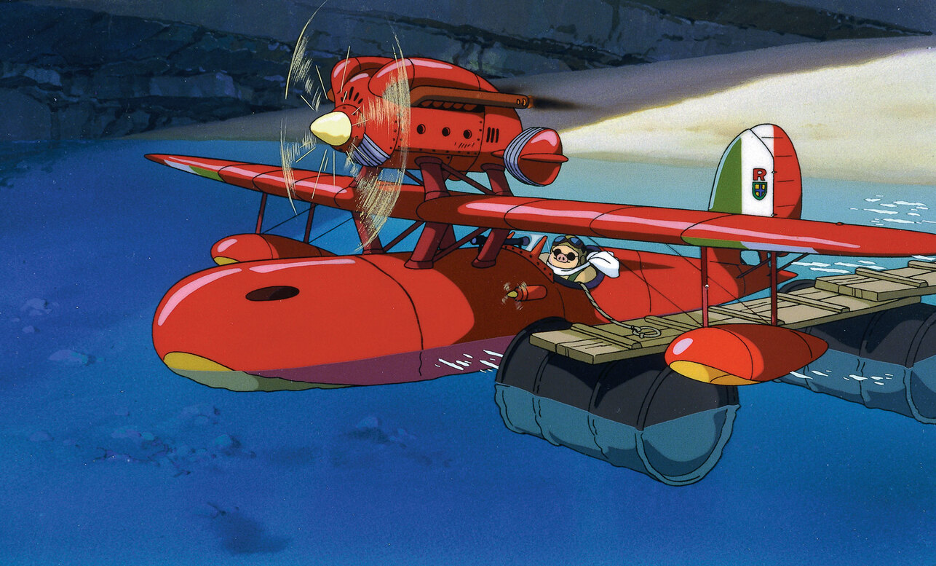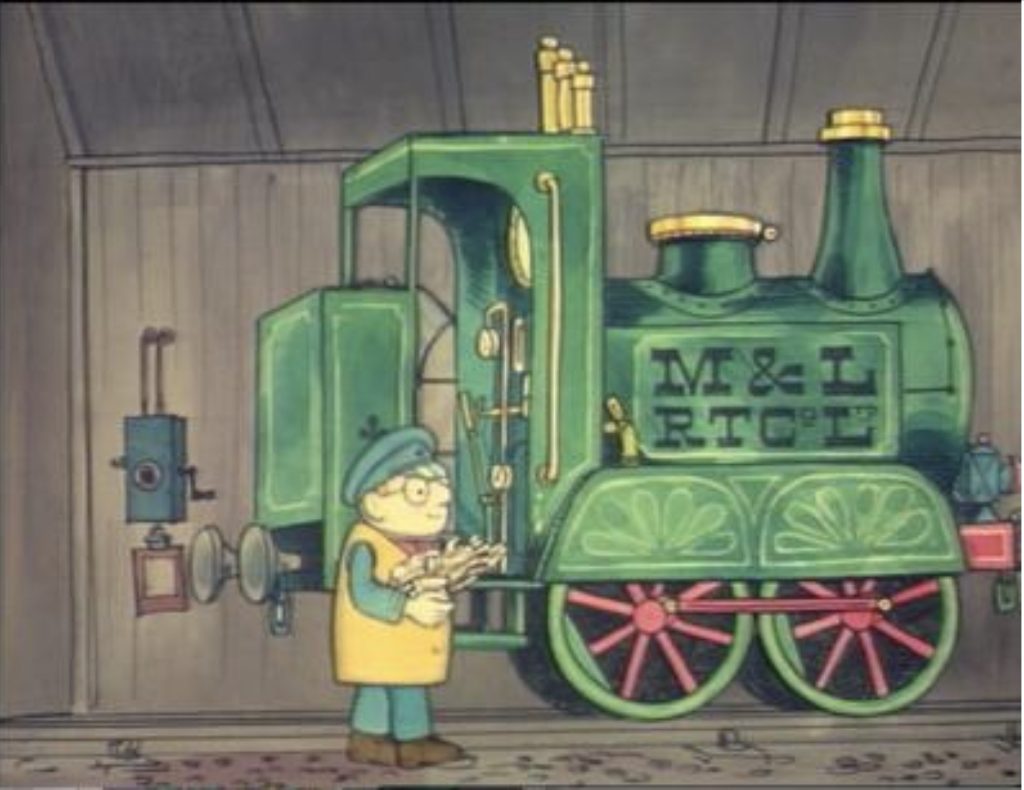French Animation History (2011) by Richard Neupert delivers an essential academic exploration of Francophone animated cinema, a topic of great interest according to Neupert, due to its artistic potential and worldwide influence since its origins. Across six chapters, the...
French Animation History (2011) by Richard Neupert delivers an essential academic exploration of Francophone animated cinema, a topic of great interest according to Neupert, due to its artistic potential and worldwide influence since its origins. Across six chapters, the author offers a detailed vision of French animation using a chronological approach to describe how the pioneers’ artistic, thematic and technical influence and heritage impacted future generations’ savoir-faire.
This book spans from the origins of animation, including Émile Cohl’s artisanal legacy in the silent era and Eastern European masters’ contributions during the development of film sound, to the emergence of small independent studios with television animation. The text also covers the revival of high-quality artistic animation with a distinctive graphic aesthetic led by director Michel Ocelot. Neupert concludes with reflections on the state of French animated imagery in the early 21st century.
Having dedicated 30 years to studying Francophone cinema, Neupert underscores the significance of understanding French film culture through animation history. His writings focus on three main axes: the French tradition as a nurturing ground for artistic disciplines, the cradle of animated cinematic art with international influence, and the undervaluation of animated images by critics and the audiovisual economy compared to avant-garde forms. This approach helps us to understand the specific conditions of this territory for which French animation is considered ‘resilient’ by the author, as characterized by his respect for the past and, at the same time, its ongoing technological and aesthetic readjustment to current times. Neupert aims to draw attention to the stylistic, thematic, and technical influence of French animated craftsmanship’s countering to American commercial standardization.
Across its 220 pages the author comprehensively explores essential aspects of French animated fiction until 2011. Neupert contextualizes the technical and historical relevance of early French motion toys, devices, and photographic innovations that propelled animation globally. In this sense, he emphasizes French pioneers’ creative and scientific genius, shaping not only the history of animation but also inspiring avant-garde artists. Despite economic challenges, French animation flourished with a unique national style characterized by exaggeration, graphics, departure from realism, and constant experimentation with diverse materials.
The author’s emphasis on authorship and chronological precision is notable. For instance, he challenges historical norms by recognizing The Tale of the Fox (Starevich, 1937) as the first French animated feature film instead of La Bergère et le ramoneur (Paul Grimault, 1952). These meticulous reviews contribute greater rigor, not only to the history of French cinematography, but also to the global cinematic landscape by (re)positioning the production date of a film in a specific time and space. This point is important to understand the relevance of the context in which the films were created for future artists who decide to use them as references in the short, medium, and long term.
In addition, Neupert extends this concern for credit recognition to the role of women in animation, highlighting the contributions of Starevich’s wife and Claire Parker as the producer of Night on Bald Mountain (1933). The author critiques the precarious production and distribution conditions in the 1920s and 1930s, emphasizing the difficulty of establishing a commercial career in France. He highlights the efforts of enthusiastic filmmakers, such as Grimault’s Gémeaux, who attempted to create an independent industry separated from Hollywood.
In post-World War II, French animation witnessed a resurgence with two trends: fine art and sustainable commercialization. Neupert critiques the narrative limitations of French animation during this period, with some productions imitating American models. The texts conclude by highlighting films like Fantastic Planet (Laloux, 1973), Kirikou (Ocelot, 1998), Persepolis (Satrapi, 2007), to illustrate examples of those who retained national talent through domestic funding and international co-production, gaining global recognition. See figure 2.
In summary, French Animation History underscores France’s prominent position in animated cinema, particularly in technical and aesthetic innovation, despite a modest budget compared to the American industry. Before this monograph, explorations into animated imagery in France were fragmentary, such as the works of Valérie Vignaux or Giannalberto Bendazzi in their global history of animated cinema. However, no one approached French animation’s cultural, economic, and technical richness as comprehensively and critically as French Animation History. In this case, its conclusions offer a robust foundation for understanding enduring trends and values in contemporary French animation, making it an invaluable resource for scholars of French cinema and animation.
Adriana Navarro Álvarez holds a Ph.D. in Fine Arts (Animation) from Universitat Politècnica de València and is an Assistant Professor at the University of A Coruña (Spain), specializing in Digital Creation, Animation, and Video Games. She has undertaken several international stays, including research on contemporary French animation production at Université Sorbonne Nouvelle Paris III, where she has also contributed as a film critic for Format Court-Regard pluriels sur un format singulier magazine. She has teaching experience at Volda University College (Norway) and her academic focus is on auteur animated short films’ production and distribution. She was nominated for a Goya Award in 2014 for her master’s thesis short film, Vía Tango (2012).



